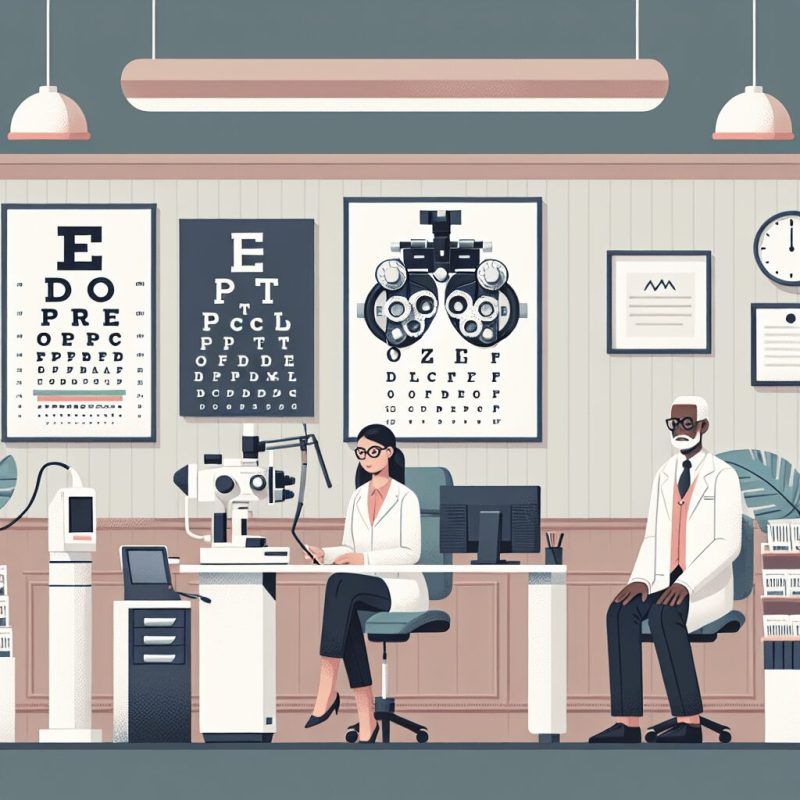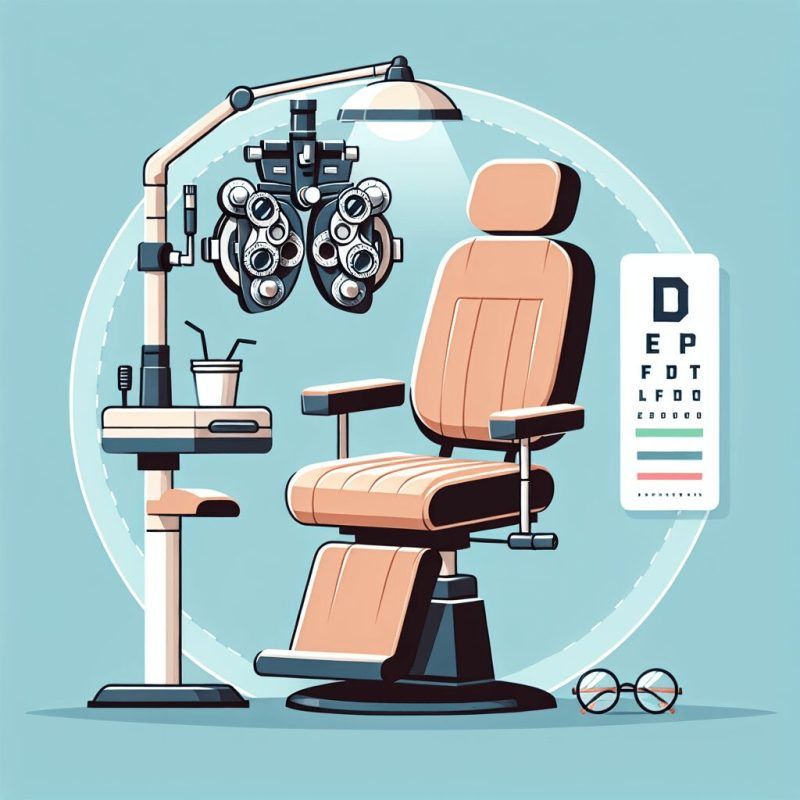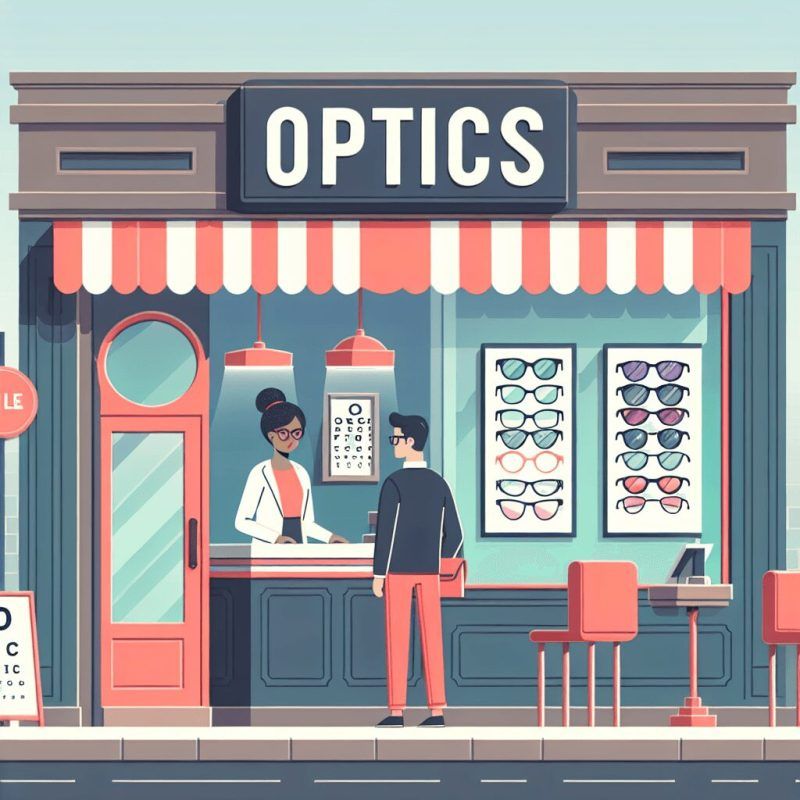Doctor's Corner
Soothing Eyes’ Pressure and Pain
Do you often feel pressure or pain behind your eyes? This discomfort can come from different reasons like sinus infections, migraines, or tooth problems. It’s important to know the difference between ocular pain and orbital pain in order to figure out what’s causing your symptoms.
Here, we’ll look at common causes of eye pressure and pain, signs to pay attention to, when to see a doctor, home remedies to feel better, and why regular eye check-ups are key for your eye health.
Causes of Eye Pressure and Pain
Common Causes of Eye Discomfort
Some common causes of eye discomfort that can lead to eye pressure and pain are:
-
Sinus infections
-
Tooth problems
-
Migraine headaches
-
Tension headaches
-
Optic neuritis
Sinus infections can cause pressure behind the eyes because of swelling in the sinuses. Tooth issues, like an infected tooth, can also cause pain that radiates to the eyes.
Both migraine headaches and tension headaches can lead to symptoms like eye pressure and pain. Optic neuritis, inflammation of the optic nerve connecting the eyes to the brain, can also result in eye discomfort and pressure.
These conditions can cause different levels of discomfort and may need varied treatments based on the root cause.
Sinus Infection and Tooth Problems
A sinus infection can lead to pressure behind the eyes. This can cause tooth problems like throbbing pain and pressure spreading to nearby parts of the face.
Both sinus infections and tooth problems share common symptoms. These include facial pain or pressure, headaches, fatigue, and a runny or stuffy nose.
Sinus infections are usually treated with antibiotics, steroid nasal sprays, or antihistamines. Tooth problems from infection may require care from a dental professional.
Seeking medical help and following prescribed treatments are crucial. This helps in effectively treating sinus infections and tooth problems, preventing more discomfort and complications.
Symptoms of Eye Pressure and Pain
Understanding Orbital Pain
Orbital pain can come from different issues, such as sinus infections or dental problems. Sinus infections can cause this pain because they affect the sinuses near the eyes, creating pressure behind the eyes.
Dental problems can also lead to orbital pain by transmitting pain from a troubled tooth to other areas of the face, including around the eyes. Symptoms of orbital pain might involve pressure behind the eyes, pulsing feelings, and discomfort when moving the eyes.
Other conditions like optic neuritis, thyroid-related autoimmune diseases, and tension headaches can also bring about orbital pain.
It’s crucial to see an eye doctor for treatment to properly identify and deal with the underlying reasons for orbital pain.
Seeking Medical Attention for Eye Pain
Importance of Consulting an Eye Doctor
Not seeing an eye doctor for eye discomfort or pain can lead to more severe eye issues. Early detection and treatment by an eye doctor can prevent serious problems like optic neuritis and nerve damage.
Consulting an eye doctor can help maintain overall eye health by identifying and treating conditions such as sinus infections, Graves’ disease, and dry eyes before they get worse.
Eye doctors can offer remedies like over-the-counter medications for headaches and sinus issues, which might impact the eyes.
They can assess symptoms, prescribe antibiotics if needed, and offer guidance on eye health to prevent vision changes and complications.
Relief and Solutions for Eye Pressure and Pain
Home Remedies for Soothing Eye Discomfort
To soothe eye discomfort, consider these effective home remedies:
Use over-the-counter eyedrops for scratchy, dry eyes.
-
Apply a cold compress over the eyes.
-
Take breaks from screens to prevent eye dryness.
Natural remedies can help with eye irritation and pain:
-
Address sinus infections with appropriate medications to ease pressure behind the eyes.
-
Techniques like mindfulness meditation can help manage chronic pain conditions affecting the eyes.
-
Treat tooth alignment problems causing referred pain to the eye area.
It’s important to seek treatment from an eye doctor for:
-
Severe eye discomfort.
-
Vision changes.
-
Underlying conditions such as Graves’ disease or autoimmune diseases affecting the thyroid gland.
Professional Treatments for Optic Neuritis
Professional treatments for optic neuritis commonly involve using steroid medications to reduce inflammation in the optic nerve. Healthcare providers manage optic neuritis effectively with drugs like interferon-beta-1a to prevent additional nerve damage, particularly if multiple sclerosis is the root cause.
Optometrist are essential in the treatment of optic neuritis. They conduct eye exams to evaluate the optic nerve and other eye structures, using a bright light to detect any abnormalities. These specialists may prescribe medications to alleviate optic nerve swelling and monitor the condition’s advancement for optimal patient outcomes.
Preventing Eye Strain and Headaches
To prevent eye strain and headaches, you can:
-
Adjust your work environment for more comfort.
-
Manage screen time properly.
-
Ensure your workstation is ergonomically friendly.
-
Take breaks to rest your eyes.
-
Use over-the-counter eye drops for dry eyes.
-
Apply a cold compress over your eyes.
Regular eye check-ups with an eye doctor are also important.
A holistic approach addressing your habits and work environment is vital in preventing these discomforts.
FAQ
What are some ways to soothe eye pressure and pain?
Some ways to soothe eye pressure and pain include applying a warm compress, practicing eye exercises, using lubricating eye drops, and ensuring proper rest and hydration.
When should I seek medical help for eye pressure and pain?
Seek medical help for eye pressure and pain if you experience sudden vision changes, severe headaches, nausea, or vomiting. Additionally, if the pain is persistent or accompanied by redness, swelling, or discharge, seek immediate medical attention.
Are there any home remedies for relieving eye pressure and pain?
Yes, applying a warm compress, practicing eye relaxation exercises, and staying hydrated can help relieve eye pressure and pain. Massaging the temples or gently tapping around the eyes can also provide some relief.
What are some common causes of eye pressure and pain?
Common causes of eye pressure and pain include eye strain, sinus pressure, allergies, and glaucoma. Taking breaks from screens, managing allergies, and seeking medical evaluation for symptoms can help alleviate discomfort.
Can eye pressure and pain be a sign of a more serious condition?
Yes, eye pressure and pain can be a sign of a more serious condition such as glaucoma, uveitis, or optic neuritis. It is important to see an eye doctor for evaluation and appropriate treatment.
Alleviate the discomfort of eye pressure and pain effectively. Schedule a consultation at Superior Eye Care in The Woodlands or Quality Eye Care in Willowbrook, Texas. Our experienced team will help identify the causes and offer personalized treatment plans to soothe your symptoms and improve your eye health.
The post Soothing Eyes’ Pressure and Pain first appeared on Optometrist in Woodlands & Willowbrook TX.
Doctor's Corner





